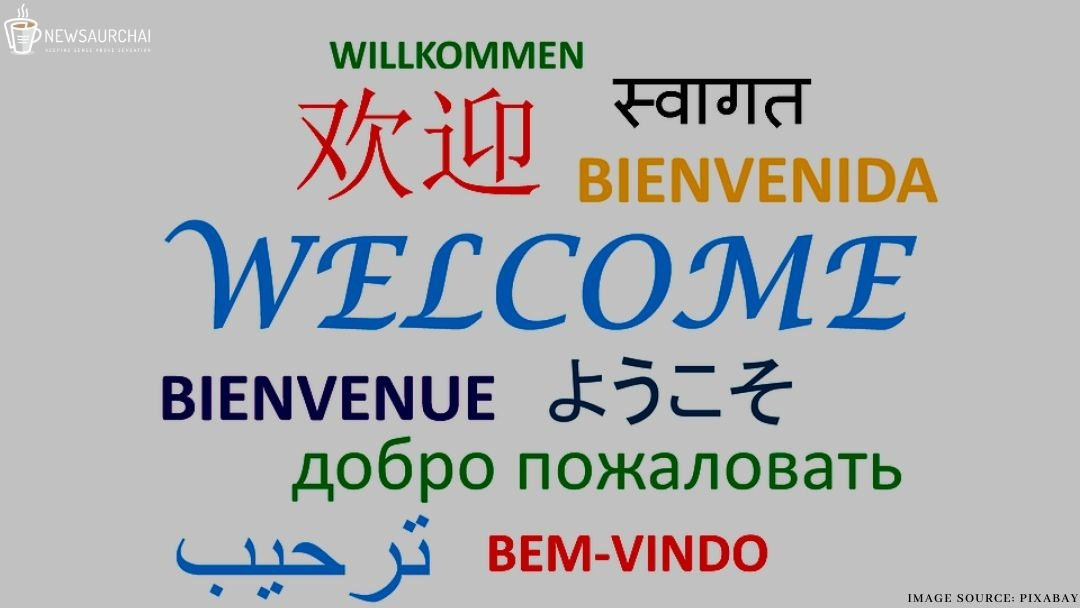
Well, for all that we know anyone would say English is the most spoken language— known as the global language or lingua franca. With more 350 million people around the world speaking English as the first language and more than 430 million people speaking it as the second language. Moreover, the fact that there are English speakers in most nations around the world doesn’t come as a surprise.
Wait wait..before you jump into the conclusion, don’t you think there are various factors which have to be looked into before finalizing.
Let me ask you a few questions, first, what do you mean by spoken? Do you want to rank languages by the number of native speakers, or by how many people speak them–natively or non-natively?– These two approaches produce very different-looking lists.
Secondly, where do you draw the line between a language and a dialect? How different do two “dialects” have to be before they can be considered separate languages entirely? In most cases, there is no clear answer – and the answer you give can significantly influence a language’s position in the “most-spoken” rankings.
So brush away all these doubts aside as here are the top 5 most spoke languages around the globe. I bet you will be taken aback with these facts.
1. Mandarin Chinese
Number of native-speakers: 1.3 million
Number of non-native speakers: 178 million
Where Chinese is spoken: The People’s Republic of China, Republic of China, Singapore, Taiwan, Macau, and Hong Kong.
Chinese is the most spoken language in the world–is a collective of different dialects.
People sometimes think of “Chinese” as a single language. However, in reality, it is a group of related languages, of which Mandarin Chinese is by far the most prominent. It’s an official language in the People’s Republic of China, Taiwan, and Singapore.
As it is most common in northern China, it is referred to as “Northern Dialects”.
According to Ethnologue, there are 13 dialects of Chinese spoken in 39 countries. The most surprising aspect is that around one-third of the population, speak Chinese.
2. Spanish
Number of Native Speakers: 460 million
Number of Non-Native Speakers: 117 million
Where Spanish is spoken: It is spoken in Spain, Mexico, the Caribbean, most of South and Central America, even in some parts of Africa.
Spoken in around 21 countries across the globe, it is the primary language in Puerto Rico, a territory of the United States of America. The US is the second-biggest Spanish speaking country in the world, behind only Mexico.
The Spanish language originated near the Castilla region of Spain; for this reason, it is also referred to as “Castilian”. The Latin and Arabic languages greatly influenced Spanish.
Today, Spanish is the most widely spoken romance language, spoken by 7.6 per cent of the world’s population. El País predicts that by the year 2060, there will be around 754 million Spanish speakers.

3. English
Number of Native Speakers: 379 Million
Number of Non-Native Speakers: Over 1 Billion
Where English is spoken: Some of the nations with the most native English speakers include Australia, Canada, the Philippines, Nigeria, the United Kingdom, and the United States.
Indeed the leading global language, but its native speaker’s number is “only” around 370 million worldwide. According to World Atlas, 35 countries speak English as their primary language.
However, English is the leading international language and is the common ground for international business and trade. As a result, more people speak English as a second language than as a native language.
English which we speak now is entirely different from the Old English; through continuous migration and exposure to other languages, English keeps on evolving. One of the interesting facts is that the first English dictionary wasn’t published until 1828.
4. Hindi
Number of Native Speakers: 341 million
Number of Non-Native Speakers: 150 million
Where Spoken: India and Fiji
One of the most prominent spoken languages worldwide, it shares a co-official status with 21 other languages in India. Although the majority of Hindi speakers reside in India–Hindi-speaking communities also exist in South Africa, Mauritius, Bangladesh, Yemen, and Uganda.
Hindustani is the collective name for Hindi and Urdu – two dialects of the same language.
According to Encyclopedia Britannica, modern-day and standard Hindi evolved from as Khadi Boli, because of which it is also called Khadi Boli, belongs to the Indo-Aryan branch of the Indo-European language family.
When Muslim invaders settled in India, their languages improvised Khari Boli and formed standard Hindi. Though northern India, is known as the Hindi Belt, you will find several other dialects of Hindi.
5. Arabic
Number of Native Speakers: 319 million
Number of Non-Native Speakers: 100 million
Where Arabic is spoken: It is spoken in Qatar, Egypt, Iraq, Jordan and the United Arab Emirates (UAE).
Arabic is the official language in around 20 countries and co-official in at least six more.
Originated in the nomadic tribes in the desert area of the Arabian Peninsula, the word “Arab” means nomad.
There are technically three versions of Arabic: Modern Standard Arabic, Classical Arabic and Colloquial Arabic. Modern Standard Arabic is the version taught in schools and used for business. Each country also maintains its own spoken version of the language.
These are the top 5 spoken language worldwide which is followed by Bengali, Portuguese, Russian, Japanese, Lahnda.





